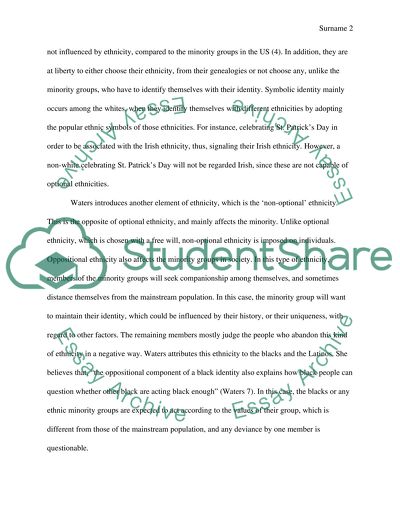Cite this document
(“Optional ethnicity Essay Example | Topics and Well Written Essays - 1250 words”, n.d.)
Retrieved from https://studentshare.org/english/1470443-optional-ethnicity
Retrieved from https://studentshare.org/english/1470443-optional-ethnicity
(Optional Ethnicity Essay Example | Topics and Well Written Essays - 1250 Words)
https://studentshare.org/english/1470443-optional-ethnicity.
https://studentshare.org/english/1470443-optional-ethnicity.
“Optional Ethnicity Essay Example | Topics and Well Written Essays - 1250 Words”, n.d. https://studentshare.org/english/1470443-optional-ethnicity.


